Grafting Tools - A Queen Bee's Best Friends
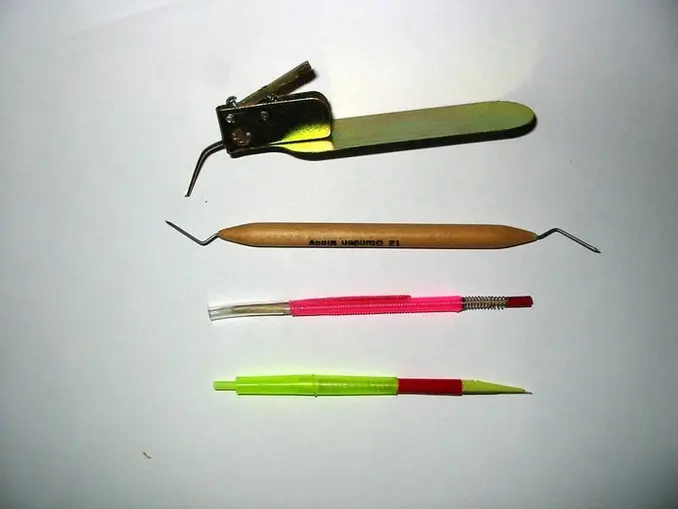
-Meet the Masters: German, Chinese (Wood), Chinese (Plastic).
Having danced with every conceivable grafting tool, I finally found my rhythm with the Chinese grafting tool, bidding adieu to the others.
Here’s the buzz on why.
The Chinese Grafting Tool Dance
The Chinese grafting tool is a harmonious blend of a flexible tongue and a spring-loaded extractor, offering some sweet advantages:
- Easy to use.
- Graft young larvae effortlessly.
- Removes all royal jelly with precision.
- No direct contact with the larvae.
- Grafting by feel, not just sight.
A Little Prep, A Lot of Grace
Some Chinese tools may need a touch-up before hitting the stage. If the tongue is a bit too stiff or blunt, a fine sandpaper (400 grit) can be your backstage pass. Slowly thin and taper the tongue to ensure it bends smoothly, following the cell’s natural curvature beneath the larva.
Different types of comb may require tips with varying stiffness. Adjusting the tool for old comb versus new or plastic comb ensures a seamless performance.
The Art of Grafting
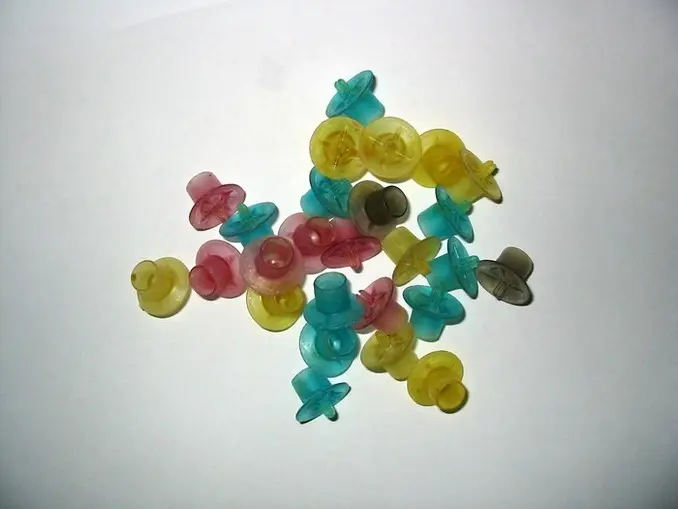
-The JzBz plastic queen cups add a touch of elegance.
Here’s your step-by-step guide:
- Rinse the tip in distilled water, ready for the dance.
- Hold the tool gracefully between your longest finger and thumb.
- Slide the tongue down the cell sidewall with the finesse of a waltz.
- Rotate the tool slightly to withdraw, ensuring a flawless extraction.
To place the larva in a queen cup, the dance continues:
- Slide the tongue down the queen cup’s sidewall, finding your rhythm.
- Center the larva in the cup, a pirouette in the bottom.
- Extract the larva with finesse, simultaneously pushing down on the plunger and withdrawing the tongue.
Yes, it sounds intricate, but it’s a dance you’ll master in no time. The result? A stationary larva in the cup, leaving the royal jelly undisturbed.
Encore!
Limitations - A Tale of Two Tools
There are two types of Chinese grafting tools in this ballet. One, entirely made of bright green plastic, is a star performer, durable and reliable. The other, a cheaper version with a bamboo plunger, may need more rehearsal and tends to be a bit temperamental. Quality control is lacking, and these tools are often considered disposable.
A New Star on the Horizon
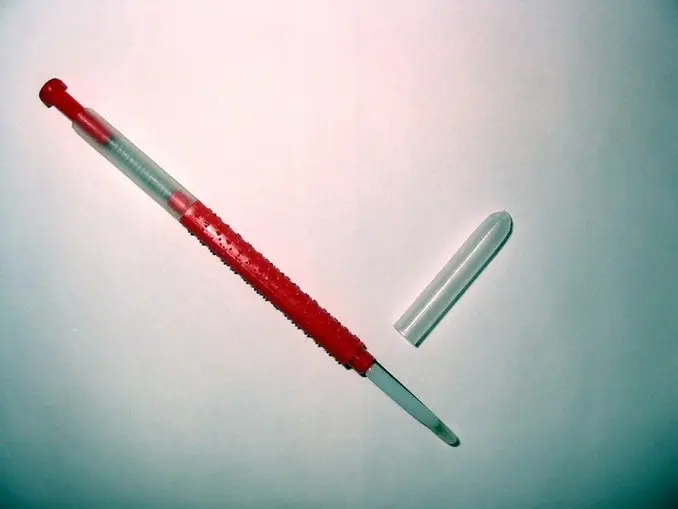
-The shining star: Glorybee’s all-plastic Chinese grafting tool.
Glorybee now boasts an all-plastic Chinese grafting tool, smooth and light in action. Quality control shines through, making it a top pick without the need for modifications.
Check it out in Glorybee’s Catalog.
The Grand Finale - Conclusion
With practice and a quick glance to assess larval age, the Chinese tool gracefully slides down the cell sidewall. Larvae are extracted by feel, placed in queen cups with a quick glance to ensure perfection. No squinting at minuscule larvae or grafting tool tips. With a little practice, you’ll be able to graft about five larvae in the time it takes to read this paragraph.
Standing ovation!
Encore - An Update

-A round of applause for the Glorybee Chinese grafting tool.
Glorybee now offers an all-plastic Chinese grafting tool, the best I’ve seen. Smooth, light action, and impeccable quality control make it a standout choice.
Explore them in Glorybee’s Catalog.
The Queen’s Helpers - Accessories for Grafting
A magnifier and headlamp add a touch of glamour to your grafting routine.
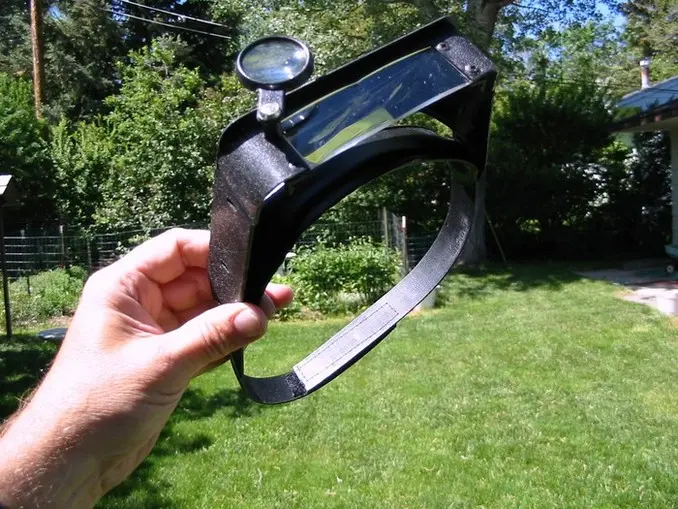
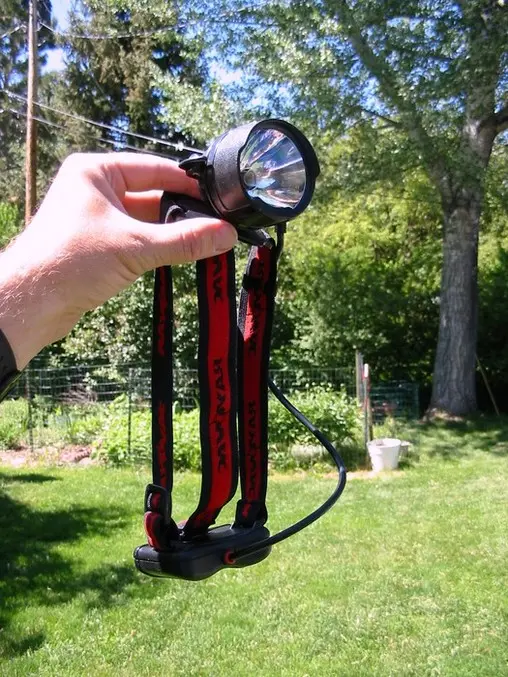
-Dance into the hive with grace, D 🐝🤠
